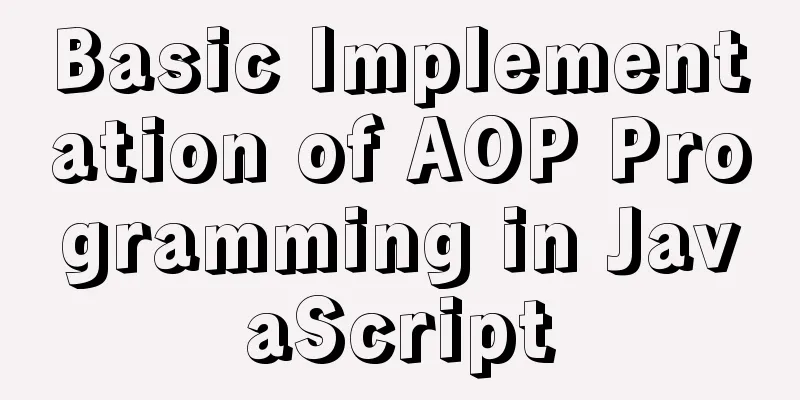The difference between html block-level tags and inline tags

|
1. Block-level element: refers to the ability to exist independently. Generally, block-level elements are separated by line breaks (such as starting a new line after a paragraph ends). Commonly used block-level elements include: p, h1~h6, div, ul, etc.; 2. Inline element: refers to an element that exists in conjunction with other block-level elements and is displayed immediately between the linked elements without wrapping. Commonly used inline elements include: img, span, li, br, etc.; 3. Top-level element: includes html, body, frameset, behaves like a Block-level element, and is a high-level block-level element. |
<<: How to monitor the running status of docker container shell script
>>: Realize the CSS loading effect after clicking the button
Recommend
Detailed explanation of MySQL cursor concepts and usage
This article uses examples to explain the concept...
MySQL green version setting code and 1067 error details
MySQL green version setting code, and 1067 error ...
Ubuntu 18.04 installs mysql 5.7.23
I installed MySQL smoothly in Ubuntu 16.04 before...
A brief analysis of how to change the root password in Linux suse11 if you forget it
How to solve the problem of forgetting the root p...
Implementation of Grid common layout
No gaps on both sides, gaps between each column w...
Problems and solutions for MYSQL5.7.17 connection failure under MAC
The problem that MYSQL5.7.17 cannot connect under...
Convert XHTML CSS pages to printer pages
<br />In the past, creating a printer-friend...
Detailed explanation of the deployment process of SEATA transaction service Docker
1. Create a database authorization statement >...
How to install PHP7.4 and Nginx on Centos
Prepare 1. Download the required installation pac...
Detailed explanation of the 10061 unknown error when using Navicat to connect to a remote Linux MySQL database
When using Navicat to connect to a remote Linux M...
How to manually deploy war packages through tomcat9 on windows and linux
The results are different in Windows and Linux en...
Tomcat reports an error when starting the springboot project war package: Error when starting the child
Today, the company's springboot project is re...
JavaScript destructuring assignment detailed explanation
Table of contents concept Array Destructuring Dec...
Vue monitoring properties and calculated properties
Table of contents 1. watch monitoring properties ...
Detailed installation process of MySQL5.6.40 under CentOS7 64
MySQL5.6.40 installation process under CentOS7 64...









